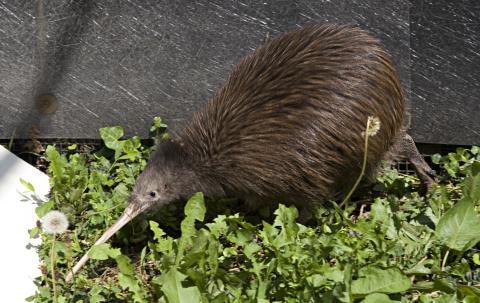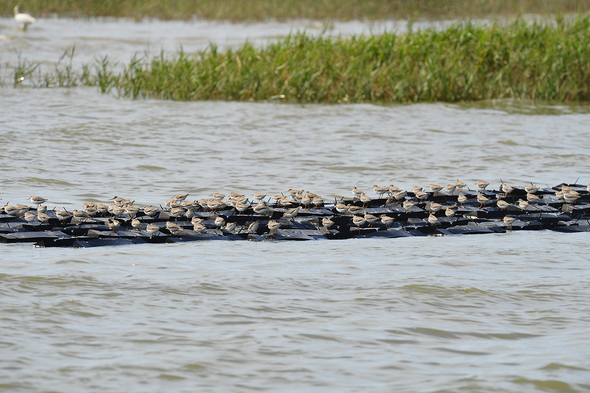Staff Reporter
March 27 2020 06:45 AM
Rathlin Island's punctual puffins turned up a day early this year, but there was a good reason.
The return of puffins is an eagerly awaited event each spring on Northern Ireland's only inhabited offshore island. In 2017, 2018 and 2019, the first Rathlin puffins were seen on the same date, March 27. But this year, they were spotted yesterday, March 26, by island residents and RSPB Northern Ireland workers Hazel Watson and Ric Else.
As they approached the cliffs, they could see and hear that there had been a big arrival of seabirds. And there, among thousands of guillemots and razorbills, they spotted a pair of orange feet.
While the date may be one day earlier than previous years, the RSPB pointed out that this was a leap year, so it could be argued that the puffins were perfectly on schedule once again.
Belfast Telegraph


